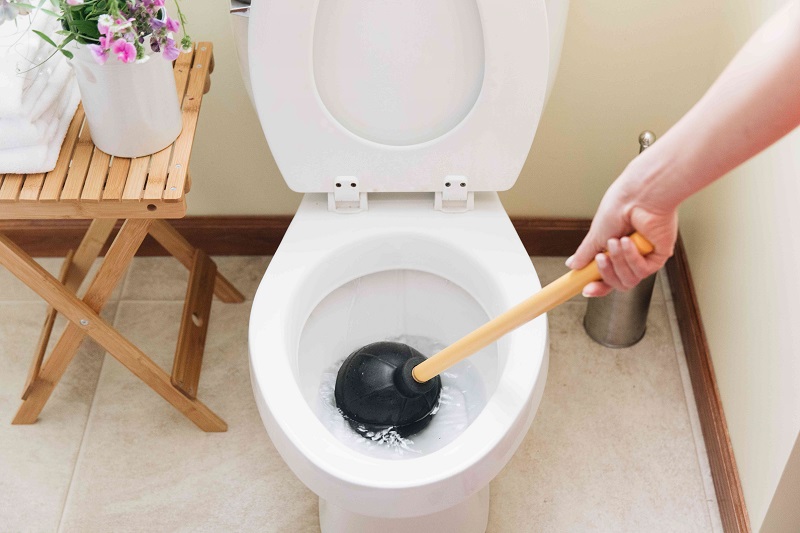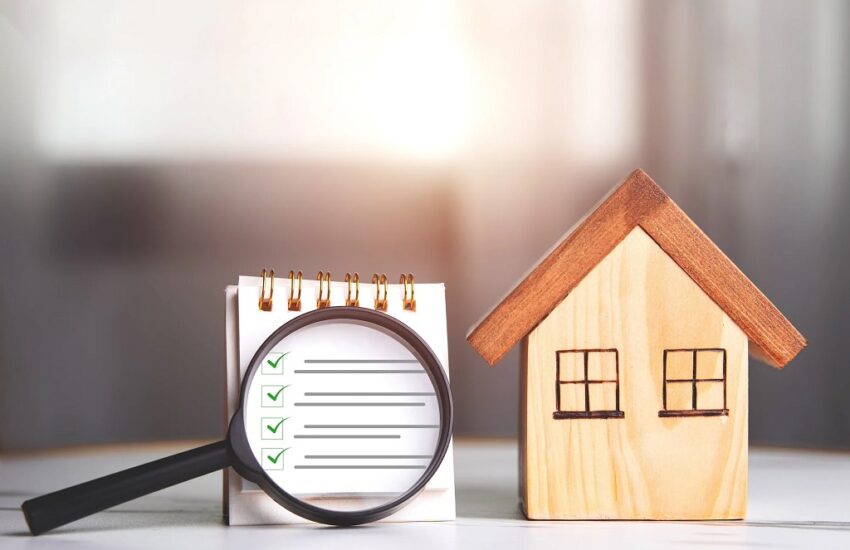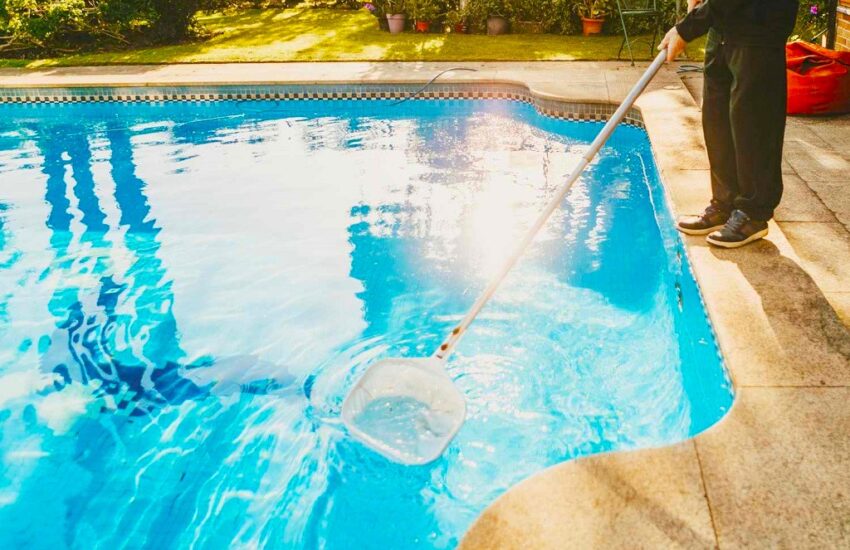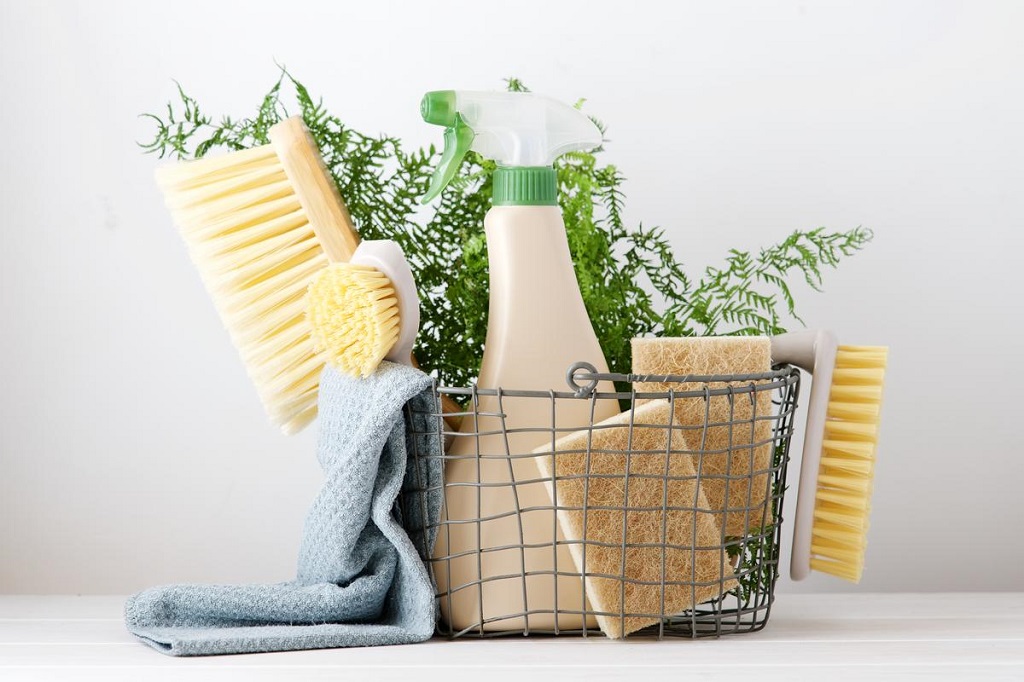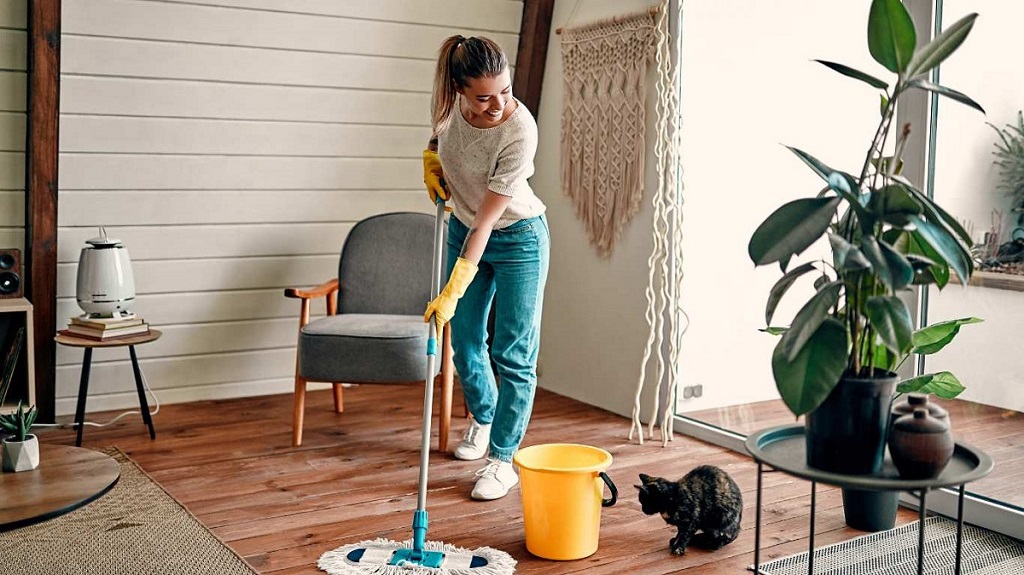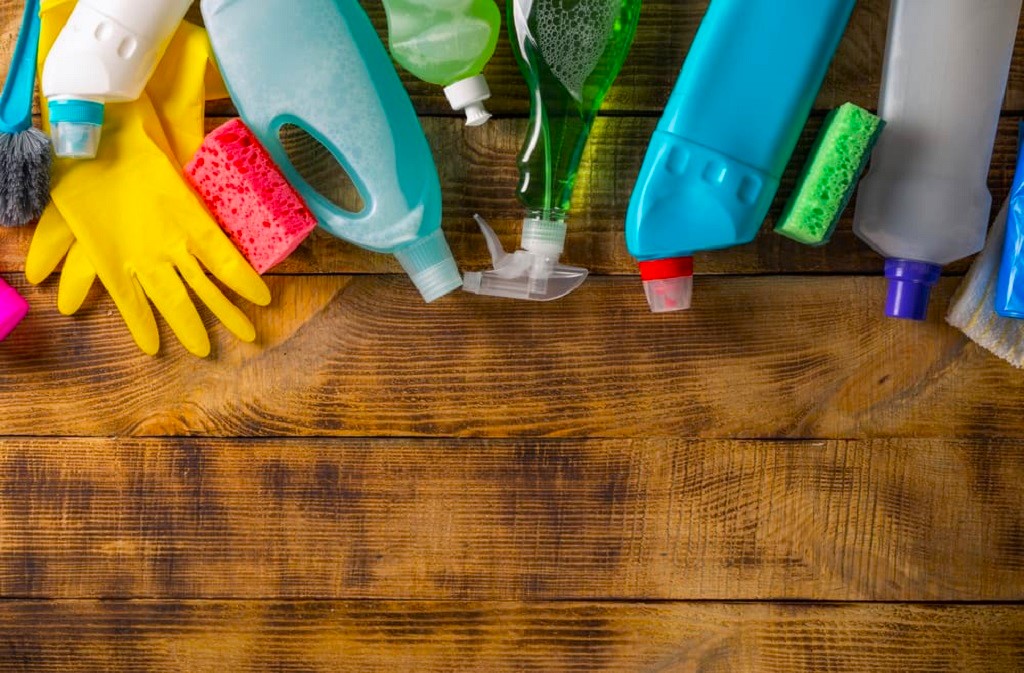Is there anything more distressing than a severely clogged toilet? It’s one of those situations that can turn a perfectly good day into a challenging one. Don’t fret, though – we’re here to help you navigate through this unfortunate plumbing predicament with some practical and efficient solutions. From plungers to baking soda and vinegar concoctions, we’ve got you covered. Let’s dive in and learn how to unblock that stubborn toilet, one method at a time.
Dealing with the Dreaded Clog
We’ve all faced this scenario – you flush the toilet, and instead of watching everything disappear, the water level rises, and you’re met with the dreaded clog. Fear not, for we’ll equip you with the knowledge you need to tackle this issue head-on.
Explanation of the Problem
Understanding why toilet clogs can be beneficial in preventing future occurrences. A clog usually happens when non-flushable items or excessive toilet paper obstruct the drainpipe, causing water to back up.
Importance of Fixing the Issue
Dealing with a clogged toilet promptly is crucial to avoid potential overflow disasters. Not only can it lead to unsanitary conditions, but it can also damage your plumbing system if left untreated.
Using a Plunger: The Classic Approach
The plunger is a trusty tool that has saved many households from the turmoil of a clogged toilet. Here’s how to use it effectively:
How to Use a Plunger
- Place the plunger over the drain hole, ensuring a good seal.
- Push down gently, then pull up vigorously to create suction.
- Repeat this motion several times until the water starts draining.
Tips for Effective Plunging
- Use a flange plunger for toilets, specifically designed for better suction.
- Add water to the bowl if it’s not full – this enhances the plunging effect.
- Maintain a steady rhythm to create consistent pressure.
If the plunger doesn’t do the trick, don’t panic. There are other methods to try.
Using a Toilet Auger: Going Deeper
A toilet auger is a specialized tool designed to tackle more stubborn clogs that the plunger can’t handle.
What is a Toilet Auger?
A toilet auger, also known as a closet auger, is a flexible cable with a corkscrew-like end that helps dislodge and remove clogs deeper within the pipes.
How to Use a Toilet Auger
- Insert the auger’s end into the drain.
- Crank the handle clockwise to feed the cable into the pipe.
- Once you feel resistance, continue cranking to break up the clog.
- Slowly pull out the auger, hopefully bringing the clog with it.
Tips for Using a Toilet Auger
- Be gentle to avoid damaging the toilet bowl.
- Avoid excessive force – if the clog doesn’t budge, it’s time to try another method.
Using Dish Soap and Hot Water: Surprisingly Effective
Dish soap and hot water might sound like an odd combination, but it can work wonders for mild clogs.
How Dish Soap and Hot Water Work to Unclog a Toilet
The hot water helps break down the clog, while the slippery dish soap reduces friction and allows the clog to move more easily.
Steps for Using Dish Soap and Hot Water
- Add a few squirts of dish soap to the toilet bowl.
- Pour a pot of hot (but not boiling) water into the bowl from waist height.
- Let the mixture sit for a few minutes, then flush to check if the clog has cleared.
Tips for Using Dish Soap and Hot Water
- Ensure the water isn’t boiling, as it could crack the porcelain bowl.
- Use a plunger afterward if necessary.
Using Baking Soda and Vinegar: A Natural Duo
Baking soda and vinegar are natural cleaning agents that can also help unclog your toilet.
How Baking Soda and Vinegar Work to Unclog a Toilet
The chemical reaction between baking soda and vinegar creates bubbles that can break down clogs.
Steps for Using Baking Soda and Vinegar
- Pour a cup of baking soda into the toilet bowl.
- Add two cups of vinegar.
- Let the mixture fizz and bubble for about 20 minutes.
- Flush the toilet to see if the clog is gone.
Tips for Using Baking Soda and Vinegar
- This method might not be suitable for very stubborn clogs.
- If the clog persists, try another approach.
Using a Wire Coat Hanger: Unconventional but Effective
A wire coat hanger can serve as a makeshift plumbing tool in a pinch.
How to Use a Wire Coat Hanger to Unclog a Toilet
- Straighten the coat hanger, leaving the hook intact.
- Insert the hook into the drain and maneuver it to break up the clog.
Tips for Using a Wire Coat Hanger
- Be cautious not to scratch the toilet bowl’s surface.
- This method works best for minor clogs.
Removing the Toilet: A Last Resort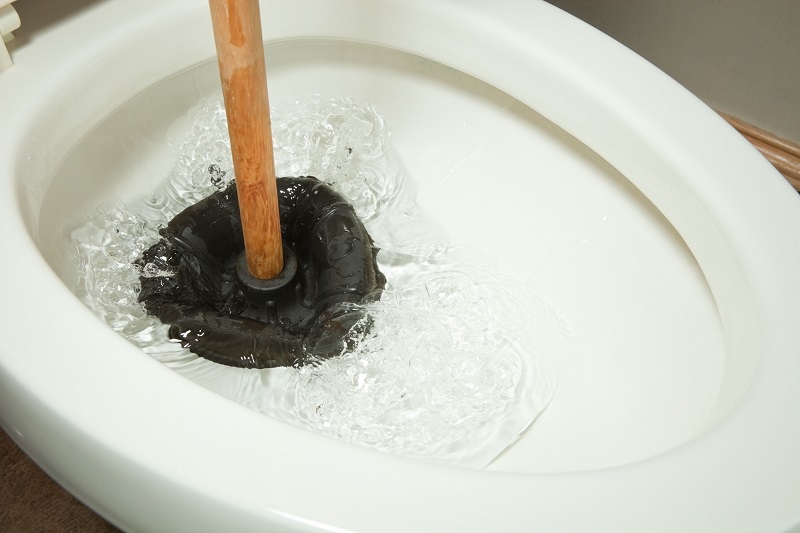
If all else fails, you might need to remove the toilet for direct access to the clog.
When to Remove the Toilet
Only consider this option if other methods haven’t yielded results.
Steps for Removing the Toilet
- Turn off the water supply and flush the toilet to empty the tank.
- Disconnect the water supply line and unbolt the toilet from the floor.
- Lift the toilet and place it on an old towel.
- Look for and remove the clog using gloves or tools.
Tips for Removing the Toilet
- This more advanced method should only be attempted if you’re comfortable with DIY plumbing.
Preventing Future Clogs: Maintenance Matters
Once you’ve successfully unclogged your toilet, it’s time to think about prevention.
Tips for Preventing Future Clogs
- Avoid flushing non-flushable items like wipes, cotton balls, and paper towels.
- Educate household members about proper toilet usage.
- Perform regular maintenance to prevent buildup.
What Not to Flush Down the Toilet
- Feminine hygiene products
- Dental floss
- Q-tips
- Grease and oil
Regular Maintenance Tips
- Use a toilet brush regularly to prevent buildup.
- Consider a monthly baking soda and vinegar treatment to keep pipes clear.
When to Call a Professional: Signs and Solutions
Sometimes, a clogged toilet requires the expertise of a professional plumber.
Signs That You Need a Professional Plumber
- Frequent and persistent clogs
- Slow drainage
- Gurgling sounds in pipes
How to Find a Reliable Plumber
- Ask for recommendations from friends and family.
- Check online reviews and ratings.
- Ensure the plumber is licensed and insured.
What to Expect from a Professional Plumber
- Thorough assessment of the plumbing issue
- Transparent pricing and explanation of repairs
- Efficient and lasting solutions
Conclusion: A Clog-Free Future
In this comprehensive guide, we’ve covered a range of methods to unblock a severely clogged toilet. From the classic plunger to unconventional wire coat hangers, you’re armed with the knowledge to tackle this common household woe. Remember, swift action and preventive measures can spare you from the inconvenience of clogs in the future.
FAQs (Frequently Asked Questions)
Can I use chemical drain cleaners to unclog my toilet?
It’s generally not recommended, as these chemicals can damage your plumbing system and harm the environment.
Why should I avoid flushing wipes down the toilet?
Wipes, even if labeled as “flushable,” can still cause clogs because they don’t break down as easily as toilet paper.
What if none of these methods work?
If you’ve tried multiple methods without success, it’s time to call a professional plumber to assess and resolve the issue.
Can I prevent clogs by using less toilet paper?
While using less toilet paper can help, it’s more important to use toilet paper that’s designed to break down easily in water.
Is DIY toilet removal recommended?
DIY toilet removal is a complex task that requires plumbing knowledge. It’s best to consult a professional if you’re unsure.

